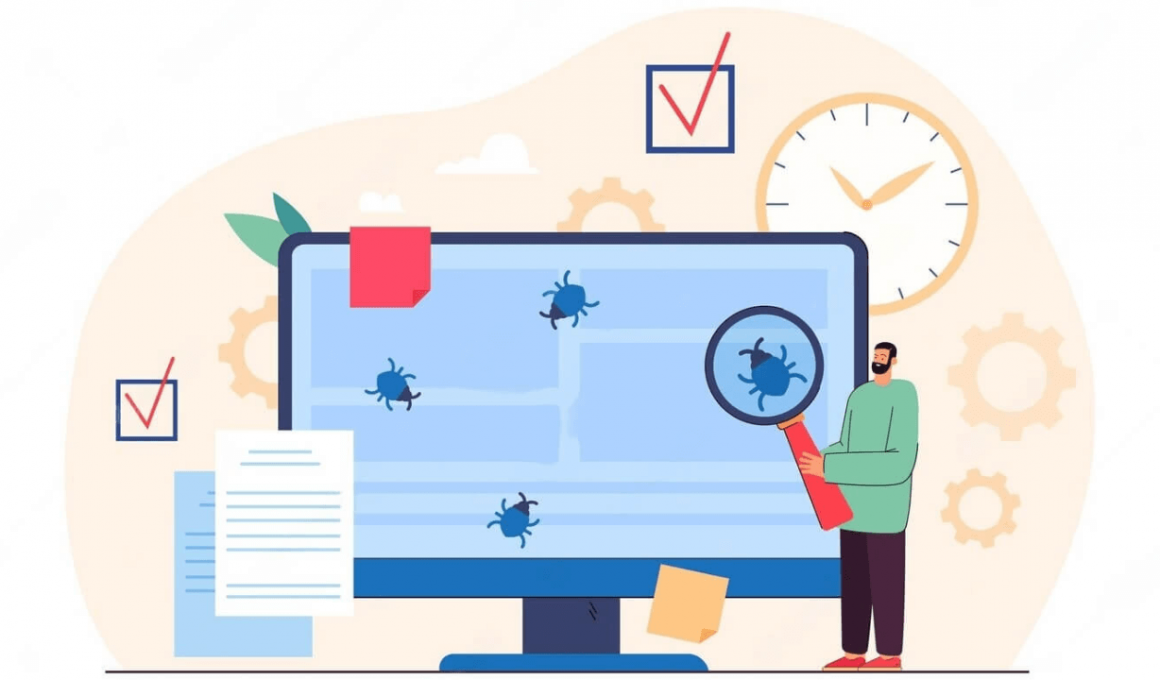Today, the entire quality assurance industry is witnessing a “shift left” phenomenon. As we concentrate on functional as well as automated testing, however, we continue to discover test coverage gaps. Exploratory testing aims to test the limits of this form, uncovering new behaviors that aren’t preset or scripted.
Exploratory Testing Definition
You have probably heard it before, but let us quickly define exploratory testing before we dive right into its key concepts.
It is, in its essence, a matter of discovery, inquiry, and curiosity. Exploratory testing is a continuous and real-time process in which evaluators independently navigate software in order to assess the quality of its user experience.
Principles of Exploratory Testing
You could speak about exploratory testing in many different ways – but in essence, it is built on the following principles:
1. An inquisitive thought process
Exploratory testing does not predetermine what or how will be tested, so evaluators must be intrigued and curious. They desire to find out what is the concealed or hidden driving force – beneath the door (or button) or within this box (or functionality).
2. A flexible and adaptive roadmap
If an investigation of a particular portion of the software reveals a flaw, exploratory testers will come up with new tests to look for related issues and problems. Occasionally, additional ad hoc tests can identify the extent of a problem, making it simpler for the programmer to repair it.
3. A keen attention to detail
There is more to exploratory testing than simple inquiry. Testers also identify and document any unusual behavior. Excellent exploratory testing necessitates that testers notice settings, factors affecting the environment, and their individual states of mind.
4. An “aim for holistic” mindset without mandating true comprehensiveness
Exploratory testing must consider and document everything that could affect the testing. This may include WiFi against cellular, signal frequency, battery power, and even background noise. Instead of settling for a prescribed solution, testers will attempt to assess all possible paths (even if this is not always actually feasible).
Exploratory Testing Process

Exploratory testing is informal, but it is not unstructured. Testers need to follow a rational roadmap to get the best results. This will include:
1. Issue prioritization
While testing, every participant is aware of the application cluster holding the majority of defects. You must assign the highest priority to these clusters and initiate exploratory testing on their code bases.
2. Time boxes
During a time box, the tester ought not to be disturbed by other activities. 60 to 90 minutes is the optimal duration of a time box for any exploratory testing session. Together, these boxes comprise the entire duration of exploratory testing for each release.
3. Exploratory test charters
The extent of exploratory testing procedures can be determined with the aid of charters. It denotes the following elements:
- Where will you investigate? (feature, module, challenge, etc.).
- What resources should you utilize? (tools, method, setup, etc.).
- Information/findings: What are the goals you have, and what have you genuinely uncovered?
Check our guide on exploratory test charters for more details.
4. Testing tours
The purpose of this is to look at software like a city – with its very own structure, form, and intricacy. The purpose of QA is to examine the city from various angles. You can pick an existing tour or create your own. For instance, during a refuse collector’s route, the evaluation team takes just a small amount of time at each residence gathering trash.
5. User personas
In the majority of cases, we cannot be the consumers of the applications we test. For instance, we may evaluate incident management systems for hydrocarbon production, despite the fact that the majority of us have never worked under such hazardous conditions. Individual personas act as an aid to help testers take on the behaviors (and attitudes) of various user categories.
6. Debriefing
In this phase, testers assemble the output findings and contrast them to the expected results outlined in the test charter. The group can then determine whether additional investigation is necessary.
3 Types of Exploratory Testing You Need to Know
The final exploratory testing concept you need to know are its types:en
- Scenario-driven: Testers compare the product with each user instance (or use case) and then try to imitate it in every manner conceivable.
- Freestyle: Without a predetermined structure or format, testers rapidly navigate an application. They corroborate the efforts of other testers while checking for specific flaws.
- Strategic: To find more difficult bugs, you use techniques like equivalence (segmenting the input values into valid, invalid, etc.) and boundary value analysis (testing for input at or beyond the range of inputs.
Conclusion

Right now believe you have discovered why exploratory testing is the game-changer in software testing. Reach out to our experts here for a personalized consultation and start your journey towards improved software quality.
As we progress towards shift-left testing and identify the most significant flaws in a product – as early as feasible, exploratory testing has to become a central component of your testing lifecycle.
Exploratory testing, in a nutshell, is experimenting with the app without adhering to any rules or limitations. Let’s try and understand exploratory testing concepts in more detail and use them more frequently!
0